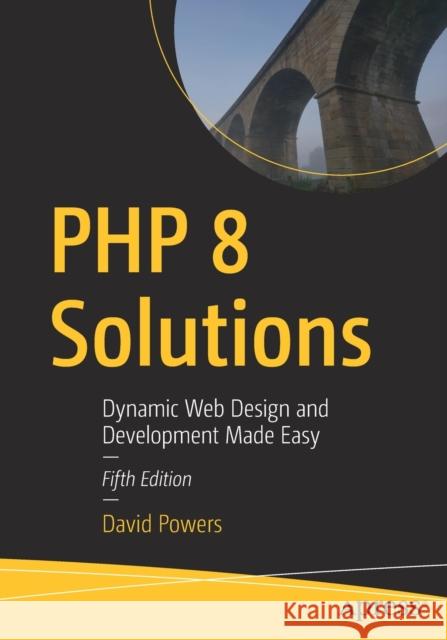PHP 8 Solutions: Dynamic Web Design and Development Made Easy » książka
topmenu
PHP 8 Solutions: Dynamic Web Design and Development Made Easy
ISBN-13: 9781484271407 / Angielski / Miękka / 2021 / 586 str.
Kategorie:
Kategorie BISAC:
Wydawca:
Apress
Język:
Angielski
ISBN-13:
9781484271407
Rok wydania:
2021
Ilość stron:
586
Waga:
0.99 kg
Wymiary:
25.4 x 17.78 x 3.02
Oprawa:
Miękka
Wolumenów:
01
Dodatkowe informacje:
Wydanie ilustrowane











